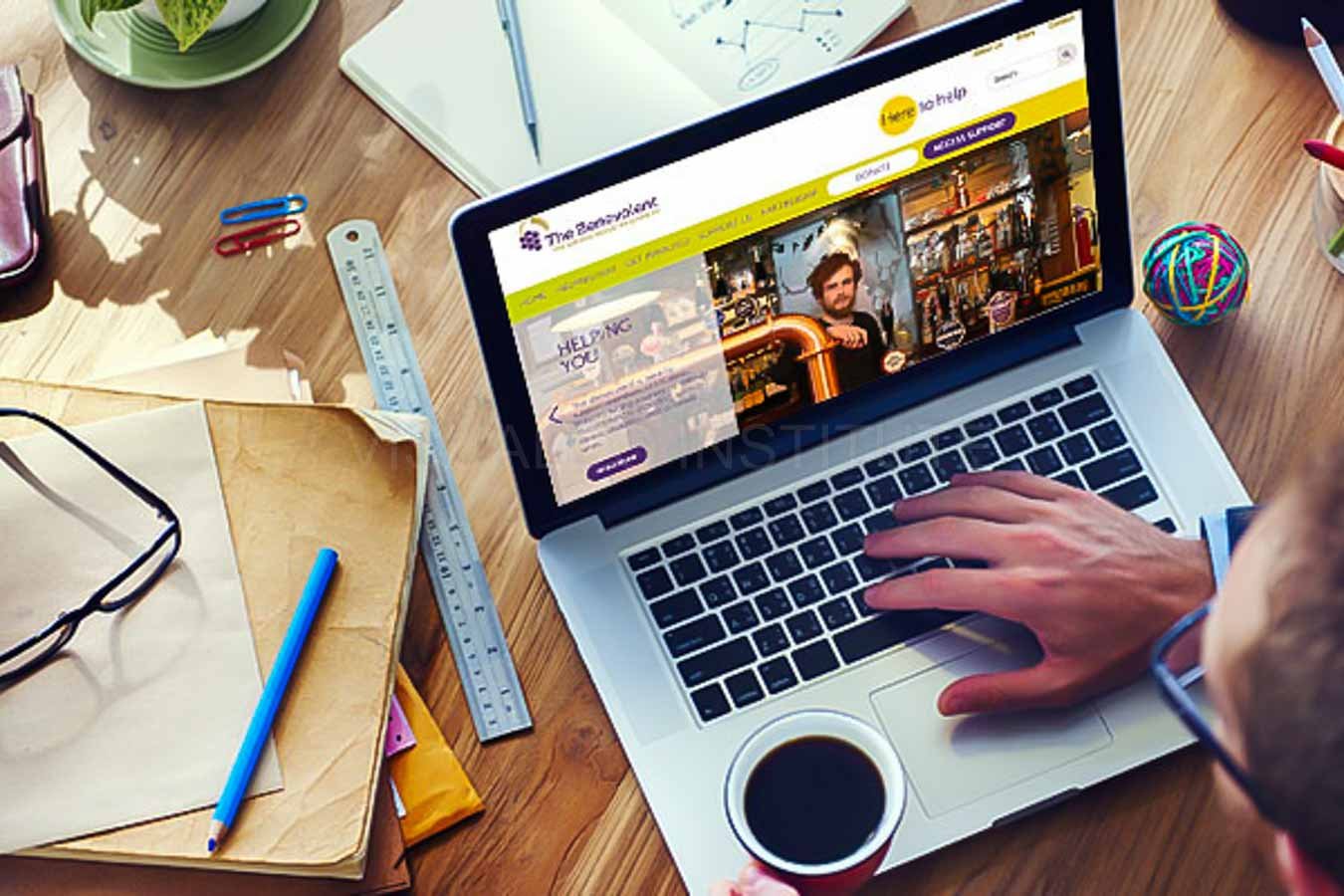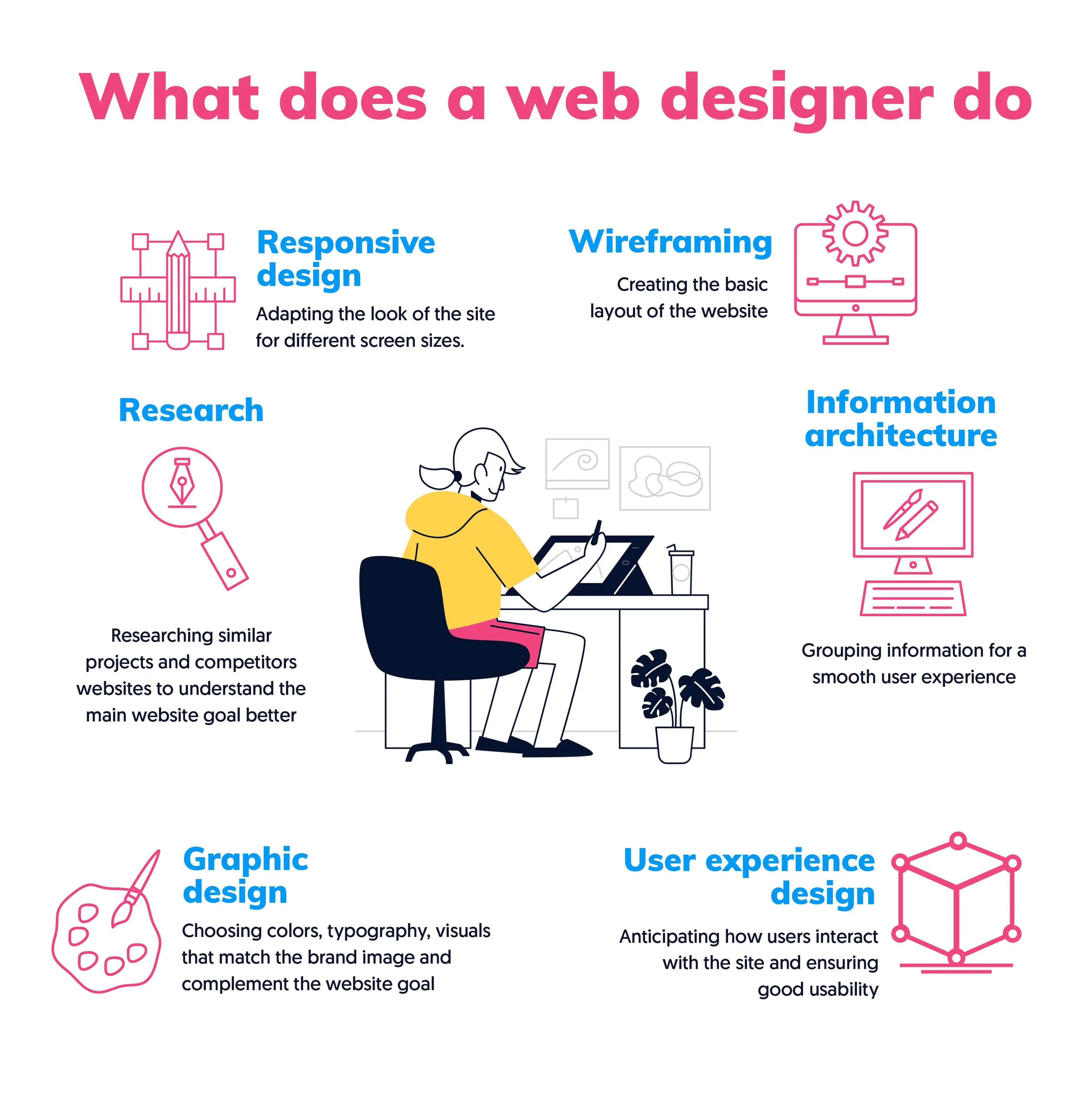Aligned Position Web Design: Stunning Websites Designed for Seamless User Experience
Aligned Position Web Design: Stunning Websites Designed for Seamless User Experience
Blog Article
The Very Best Kinds Of Web Layout to Boost Customer Experience and Engagement
In the ever-evolving landscape of digital communication, the performance of Web layout significantly impacts individual experience and involvement. Numerous design approaches, such as minimalist, responsive, and interactive layouts, each deal one-of-a-kind benefits that can provide to varied customer needs.
Minimalist Web Design
As digital landscapes become increasingly chaotic, minimal website design has actually arised as an effective strategy to boosting customer experience. This layout ideology focuses on simplicity, concentrating on crucial components while removing unnecessary interruptions. By using sufficient white area, simple navigation, and a limited shade scheme, minimal style promotes clarity and directs customer interest to crucial web content.
The core concept of minimal website design is to develop a smooth interaction for individuals. By minimizing cognitive load, users can promptly comprehend info without feeling overwhelmed. This direct strategy not only improves use but additionally motivates interaction, as site visitors are most likely to explore a website that is easy and aesthetically attractive to navigate.
Additionally, minimalist style typically stresses typography and imagery, utilizing these aspects purposefully to communicate messages effectively. In essence, minimal Web layout is not just a trend; it is a thoughtful approach that acknowledges the relevance of user-centered design.
Responsive Website Design
In today's varied digital atmosphere, responsive website design has actually become crucial for producing a smooth customer experience throughout a multitude of tools. As customers access sites on mobile phones, desktops, laptops, and tablet computers, the capacity of an internet site to adjust its format and web content to various display sizes and resolutions is vital.
Receptive Web style employs flexible grids, images, and CSS media queries to ensure that Web material exists ideally, despite the gadget utilized. This method not only enhances the visual allure of an internet site yet likewise substantially enhances functionality. Users are more probable to engage with a website that uses a constant experience, as it eliminates the aggravation of needing to focus or scroll excessively.
Moreover, internet search engine, including Google, focus on mobile-friendly web sites in search rankings. By embracing responsive design, organizations can boost their visibility and get to a broader target market. This method also streamlines site upkeep, as a single variation of the website can satisfy all devices, reducing the requirement for numerous variations. In summary, receptive Web style is a fundamental method that improves user experience, involvement, and overall contentment.
Interactive Website Design
Responsive Web design lays the foundation for enhancing user experience, however interactive website design takes this an action additionally by involving users in a more dynamic means - Aligned Position Web Design. By integrating elements such as animations, clickable models, and real-time responses, interactive Web design mesmerizes users, attracting them right into a richer surfing experience
This method not only promotes involvement however likewise encourages individuals to discover material proactively instead of passively eating it. Techniques such as gamification, where individuals make benefits for finishing jobs, can significantly boost the time invested in a site and improve overall fulfillment. Interactive attributes can streamline complicated info, making it a lot more absorbable and enjoyable.

Integrating interactive layout elements can likewise lead to higher conversion prices, as users are more likely to involve with a site that actively entails them. Aligned Position Web Design. Ultimately, interactive Web style changes user experiences into remarkable journeys, guaranteeing that visitors return time after time
Flat Style
Identified by its minimalistic strategy, flat design highlights simpleness and functionality, removing unnecessary components and concentrating on important functions. This style approach focuses on use, ensuring that individuals can navigate interfaces with simplicity and effectiveness. By utilizing a clean visual, level layout removes the mess usually located in extra luxuriant designs, therefore boosting individual focus on material and functionality.
The hallmark of flat design depends on its use vibrant shades, basic typography, and geometric shapes. These aspects add to an aesthetically attractive interface that is both friendly and modern. Additionally, level style promotes a sense of quality, permitting customers to determine vital actions and information without disturbance.
Moreover, flat layout is specifically efficient in responsive Web style, as its simplicity converts well across numerous gadgets and screen dimensions. The absence of intricate appearances and slopes minimizes packing times, which is vital for preserving user involvement. As digital landscapes proceed to progress, flat layout continues to be an appropriate selection for developing easy to use websites that boost general experience. By concentrating on necessary features, level design not just meets customer requirements but additionally motivates smooth interaction, making it a crucial part of efficient Web design approaches.
Flexible Web Layout
Flexible Web design personalizes the individual experience by developing multiple taken care of formats customized to various screen sizes and devices. Unlike responsive design, which fluidly changes a solitary format, flexible design uses distinct formats for particular breakpoints, making sure optimum discussion on numerous systems. This strategy enables developers to concentrate on the special features of each tool, boosting use by supplying specifically what customers need based on their context.
Among the main advantages of adaptive website design is its capacity to maximize tons times and performance. By serving tailored content and images that fit the individual's device, sites can reduce data use and boost loading rates. This is specifically beneficial for customers with slower connections or restricted information strategies.

Additionally, adaptive layout helps with an extra use this link consistent and controlled branding experience. Given that designers produce numerous layouts, they can ensure that the aesthetic components align with the brand's identification across different platforms - Aligned Position Web Design. This causes a cohesive individual experience, boosting engagement and promoting individual retention
Verdict
Finally, the combination of minimal, responsive, and interactive website design concepts significantly enhances individual experience and interaction. Minimalist design promotes clearness and emphasis, while receptive layout ensures versatility throughout numerous tools, advertising accessibility. Interactive design mesmerizes individuals with vibrant components, urging expedition and customization. Jointly, these layout comes close to contribute to the creation of easy to use atmospheres that not only enhance fulfillment yet additionally drive greater conversion prices, emphasizing their essential importance in modern Web layout approaches.

Minimal layout cultivates clarity and focus, while receptive layout ensures adaptability across various gadgets, promoting availability. Jointly, these design approaches contribute to the development this content of easy to use atmospheres that not only enhance fulfillment however also drive higher conversion rates, underscoring their crucial significance in contemporary Web layout approaches.
Report this page